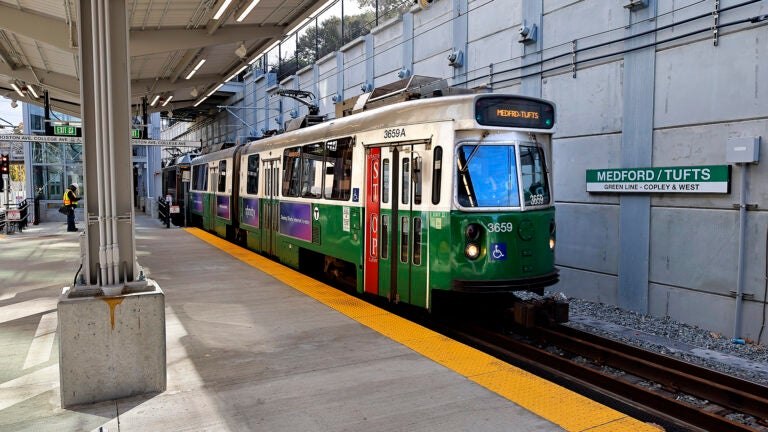In general, that's true, though some MBTA routes do run with relatively high farebox recovery. In 2012, the SL1, SL5, and Waterfront shuttle (SLW) all had farebox recovery slightly over 100%, and the other SL routes were close. A few other routes (1,17, 21, 39, 117) had net-cost-per-passenger between 50 and 75 cents, corresponding to a recovery ratio of ~65-70%.
Farebox recovery on the buses would go up significantly with shorter and more consistent running times (all-door or off-board fare collection, transit lanes, signal priority, etc), especially with the additional riders that will attract. I suspect it would also improve with improved dispatching (i.e. consistent terminal departures), more spare operators for fewer dropped trips, and better midday and evening frequency - even though all of those cost money, frequency and reliability are what attract riders more than anything else.
Source:
https://old.mbta.com/uploadedfiles/Fares_and_Passes_v2/Route Performance Indicators 7-6 Fixed.pdf



